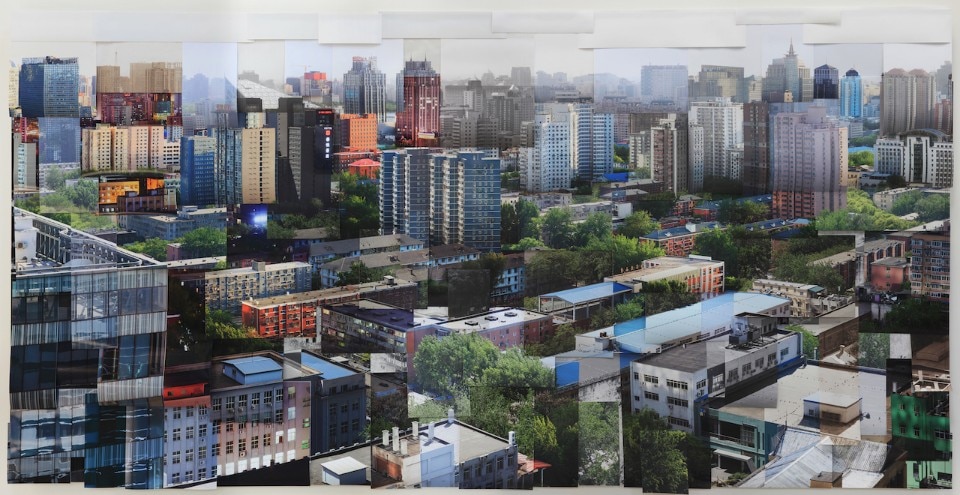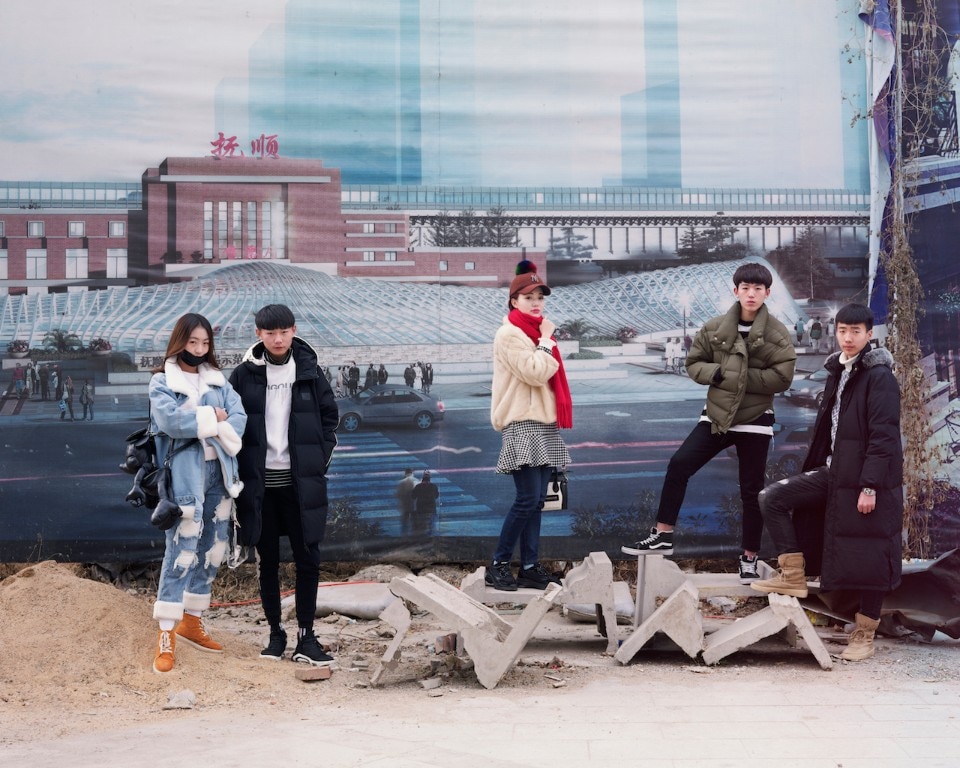This article was originally published on Domus 1043, February 2020
The focus at the start of 2020 is on the Middle East, which returned to the top of the global agenda after the American raid that eliminated the Iranian general Qasem Soleimani, but the international scene seems decisively dominated by a new polarity. It is the Anglosphere versus the Sinosphere, as The Economist promptly and effectively dubbed it.
Understanding it is by no means difficult. These are two informal and supranational configurations, homogeneous in language and culture but above all in their social and political attitudes.
The Anglosphere is made up essentially of the United States, Britain, Canada, Australia and New Zealand. A fairly compact group of leading or former leading countries, all English-speaking, all with very high indices of affluence, but above all notable for open societies, favouring a democratic outlook, which generated and continue to generate great social and individual freedoms.
The most important of these is the near impossibility of censorship. On the other side of the globe and reality lies the Sinosphere, an ecosystem of a completely different kind, where deference to the political leader for life is not only desired but compulsory, with all that follows. Although the Sinosphere is largely made up of the People’s Republic of China, there are many states in Asia, as well as Africa and scattered over many regions of the former Third World, which fall under its influence.
An influence that is radically altering, and at impressive speed, all the basic concepts that founded the primacy of the Anglosphere: freedom, the market, democracy, the future.

In reality, as The Economist itself acknowledges, these are journalistic constructs. The Anglosphere does not exist, does not have borders, does not have a system of laws, does not have a president or a government. And the same holds for the Sinosphere. But if we reason with these two categories we can better understand the world that awaits us in the near future.
All Anglosphere countries share (theoretical) freedom of speech and trade, together with a broad tolerance for differences in customs and habits, from the religious to the personal. This makes the Anglosphere a rather attractive metaplace. Two-thirds of global immigrants with the highest cultural and professional background continue to converge on it. Unlike the Sinosphere. According to the latest research (source Gallup), only 1% of the 750 million migrants want to move there. The upshot is that Australia by itself appears to have more foreign residents than China.
Other features of the two spheres are even more significant. Among these there is a truly intangible but very material asset: trust.
Anglosphere members are more willing to trust each other. Not only compared to countries in the Sinosphere but also compared to other rich non-English-speaking democracies, such as France, Germany and Japan, which have never shared their intelligence services, as have the five members of the Anglosphere.

By contrast, the Sinosphere travels the world offering consensus but fails to find it so easily, though it buys influence with roads and loans. And above all it offers a model to anyone who wants to reconcile rapid economic development with the opposite of democratic principles.
The issue of trust appears crucial, because the two spheres do not trust each other at all. This is demonstrated by the attitude of the United States, as well as Australia’s concerns about trade with China. Hence the strategy of the Anglosphere with respect to China’s projection of military power in the Pacific, prompting the Anglosphere to slow the adoption of 5G technology, dominated by Chinese companies, to avoid the risk of being held hostage to it intellectually and economically. All this while the Sinosphere is investing in military spending in an unprecedented way and with clear anti-American objectives.
Collaboration between intellects engaged in design and especially architecture remains a global, peaceful key to business, and above all it helps empower individual freedoms and the evolution of society
From these premises, a clash inevitably appears to be looming. But how to avoid it? And how to ensure that the metastasis of relations between America and China, the beating hearts of the two spheres, do not degenerate into an open clash stemming from the struggle for influence in the South China Sea?
It is here that architecture and the issues related to it become crucial, not only in 2020 but the long term. In fact a good common ground could be the issue of sustainability, the carbon footprint, the climate crisis and the infrastructural risks of global mobility. So, while it is a fact that America and Australia have failed to get China onboard with the issues of climate change and marine pollution, it is also true that the rhetoric of hostility, particularly from Donald Trump, has not created the best ecosystem for achieving these goals.
One fact is certain: collaboration between intellects engaged in design and especially architecture remains a global, peaceful key to business, and above all it helps empower individual freedoms and the evolution of society.

Hence it is crucial to collaboration and a much more credible way to moderate hostility than lowering American tariffs on Chinese products or the greater Chinese protection for intellectual property rights in technology advocated by the London-based weekly.
One fact is certain. Again in 2020, the best way to build bridges is to build non-metaphorical bridges, together with cities, apartments and objects thanks to the sphere of professionals around the world who work incessantly to fuse the two spheres. A peaceful fusion which is the best response to Chinese bullying of young people in Hong Kong or the temptations of the new American protectionist arrogance.
